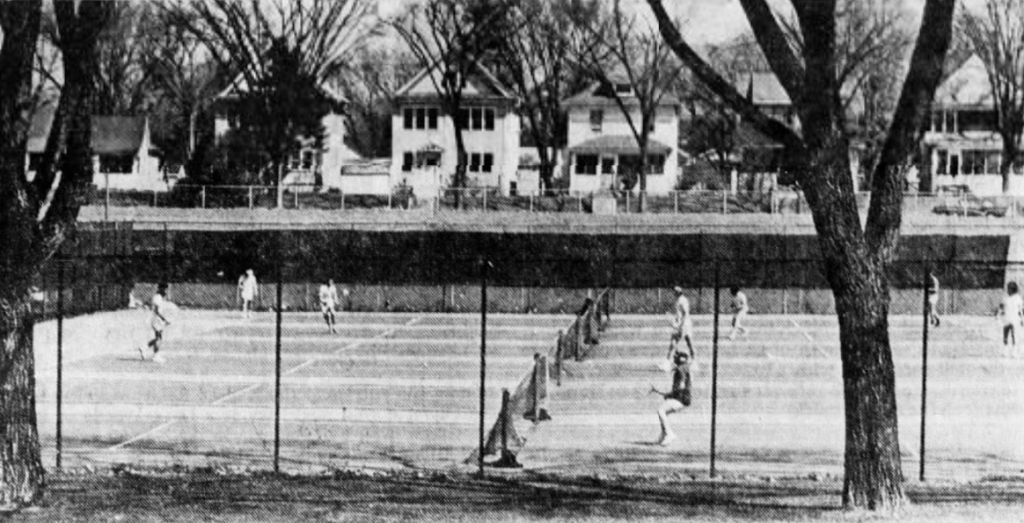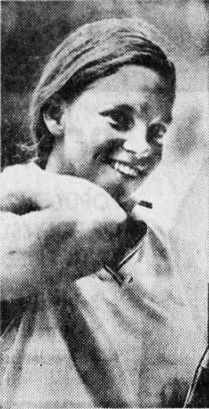Earlier this week, a USTA advisory group proposed some major changes to the collegiate “dual match” format so that it would better fit three-hour television windows. Most of those involved in college tennis hated the proposal, especially since it virtually eliminates doubles.
Now, the Intercollegiate Tennis Association has issued a counterproposal, a sort of compromise that attempts to shorten the time required by dual matches while retaining the importance of the doubles point. (As usual, Colette Lewis has the scoop. Click that link for her take.)
The ITA’s suggestions boil down to this:
- Each game follows the “one-ad” format–after deuce is reached the second time, a single point is played to decide the game.
- Both singles and doubles sets will be played to 5, with a tiebreak played at 5-all. Currently, doubles sets are played to 7, while singles are played to the conventional 6.
Does this proposal have a chance of solving the problem it aims to address? How much time will these changes save?
One-ad scoring
On Tuesday, I shared my findings that “no-ad” scoring–that is, the format used by WTA and ATP doubles, and one often proposed by those hoping to shorten any level of tennis–can be expected to reduce the length of the average match by about 10%.
(Today, I’m sticking with percentages, since college matches may last considerably longer than pro matches. In an ATP Challenger match, that typical 10% reduction amounts to eight minutes; in college, it might be as much as twice as long.)
Of course, “one-ad” scoring will not have as much of an impact. In ATP Challenger matches this year, 11% of games have gone to a second deuce. Those second-deuce games, which short-ad would reduce to nine points, averaged 11.8 points. Thus, going to ‘short-ad’ would reduce the number of points per game by six or seven points per match. The effect is roughly half that of no-ad. On a percentage basis, it might be expected to cut match length by 5%.
Recognizing the limitations of ATP Challenger data, I also researched the same numbers using 2013 women’s ITF tournaments, running the gamut from 10K to 100K tournaments. The numbers are roughly the same; two-deuce games go to 11.9 points, and the overall effect would be a little more than seven points per match. In the aggregate, we might be looking at a time reduction of 6% instead of 5%.
While one-ad is a creative compromise between purists and reformers, it probably isn’t enough to get the job done. A dual match that would otherwise last three and a half hours would be cut by ten or twelve minutes.
Short sets
At first glance, the proposal to stop sets at five instead of six (or seven, in the case of doubles) seems like a tweak more cosmetic than anything else. Because the doubles matches are played simultaneously and the singles matches are played simultaneously, dual matches often leave several individual matches abandoned. The matches that would go to a third-set tiebreak rarely get that far. The relatively quick 6-4 6-2 contests are more likely to count toward the end result.
Still, let’s ignore the simultaneous format for a moment. How many matches is this tweak likely to affect?
The only singles sets that will be consistently shorted by this proposal are those that currently reach tiebreaks. A tiebreak is roughly equivalent to two games, so playing a tiebreak at 5-5 requires about the same amount of time as reaching 7-5.
Now using ITF women’s 10K’s as our sample, we can find that singles matches average roughly one tiebreak per six matches. Using the shorthand of “one tiebreak equals two games,” that means that the time savings is about one game per three matches. The average match lasts about twenty games, so that’s one game saved per sixty, or a bit less than 2%. I suppose it might help shorten dual matches in which several simultaneous singles are all going to tiebreaks, but at the aggregate level, short singles sets are less than half as effective as one-ad scoring.
Estimating the time-saving effect of short doubles sets is more difficult, because I don’t have any raw data on first-to-7 doubles sets.
Certainly, cutting two games from the total would be expected to have more than double the effect of one. Instead of simply avoiding 7-6 sets in singles, we’re avoiding 8-6 and 8-7 sets in doubles. Let’s say, for the sake of argument, that the time savings in these close sets is triple that of singles matches, or 6%.
Since doubles sets are cut to first-to-six instead of first-to-seven, lopsided sets will get a little faster, too. For instance, a 7-3 set will be cut to 6-3 or 6-2. Without knowing the distribution of various doubles scorelines, this is all guesswork, but if the lopsided sets are reduced in time by 12-15% and closer sets are less common, we might guess that the time saved in doubles is, on average, about 10%.
However, that’s 10% of a shorter length of time. Given that doubles points are generally shorter, and that doubles is one set as opposed to two or three sets in singles, the weighted average of time savings is probably about 4.5%.
Impact of the ITA proposal
Start with the assumption (however questionable, as I discussed Tuesday) of an average dual match length of three and a half hours. By cutting each set to first-to-five, we can expect a reduction of 4.5%, or perhaps nine minutes. That leaves us with 3:21.
Cut off another 5% to 6% for short-ad scoring, and we save another 10 to 12 minutes. Best case scenario, the overall length comes down to 3:09, for a total savings of just over twenty minutes.
Is that good enough? With on-court warmups eliminated, as both the USTA Advisory Group and the ITA have proposed, it might cut a half hour from each dual match. Still, that leaves plenty of dual matches on the wrong side of three hours. Fine with me, and fine with a whole lot of people in college tennis, but probably not good enough for the USTA and its broadcast partners.


